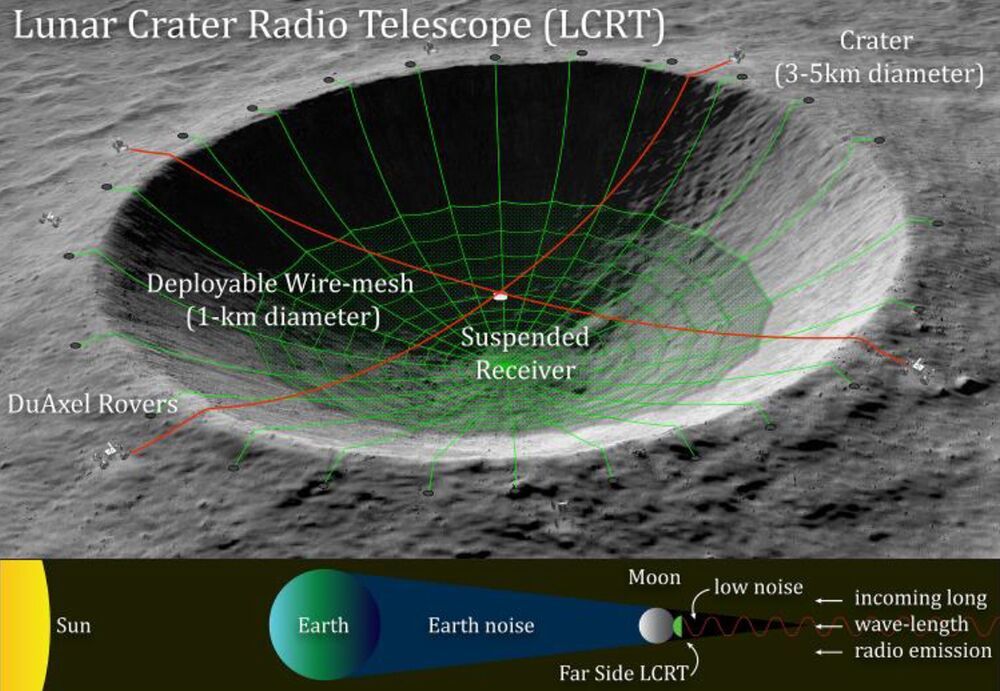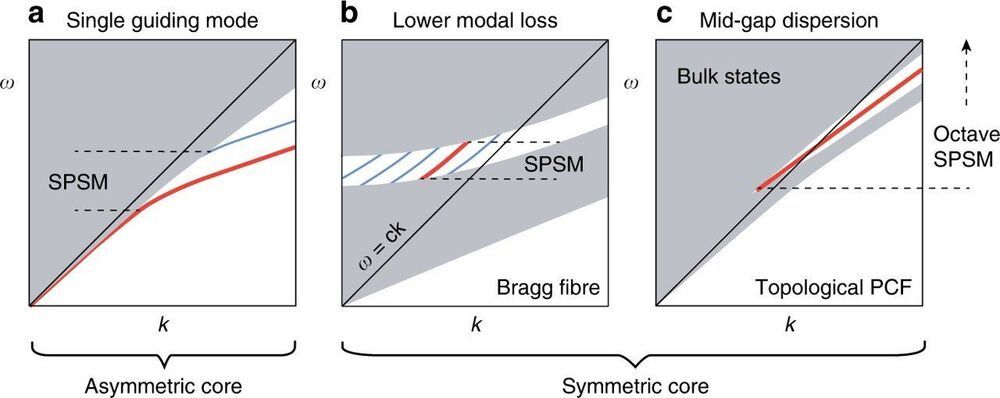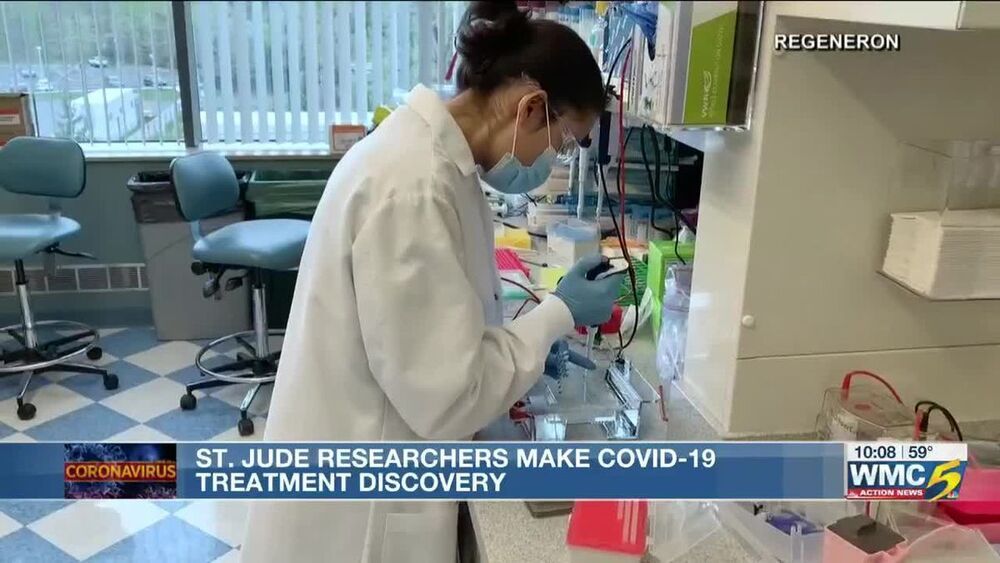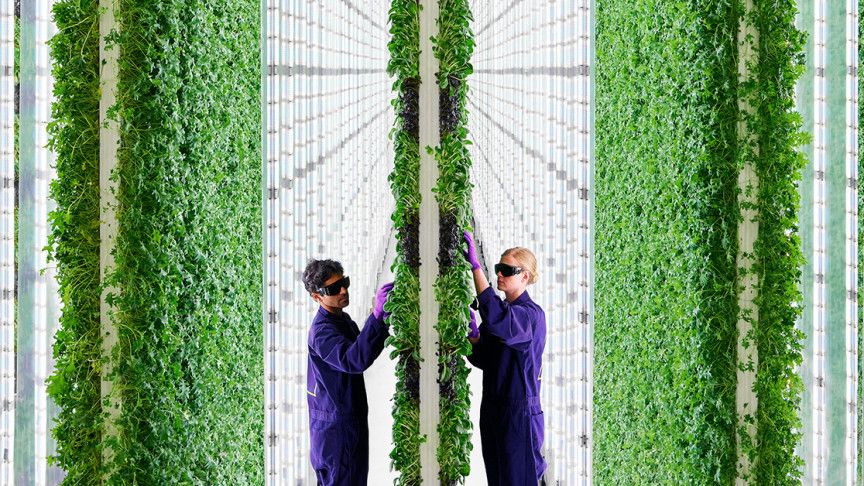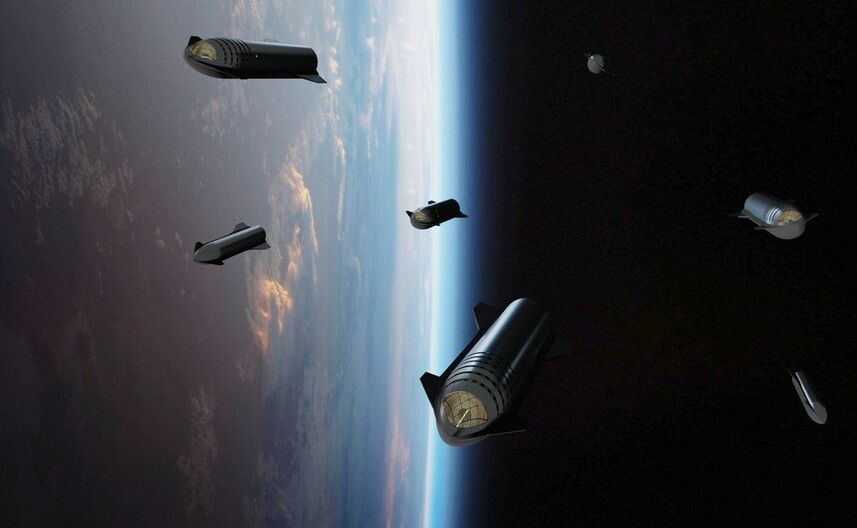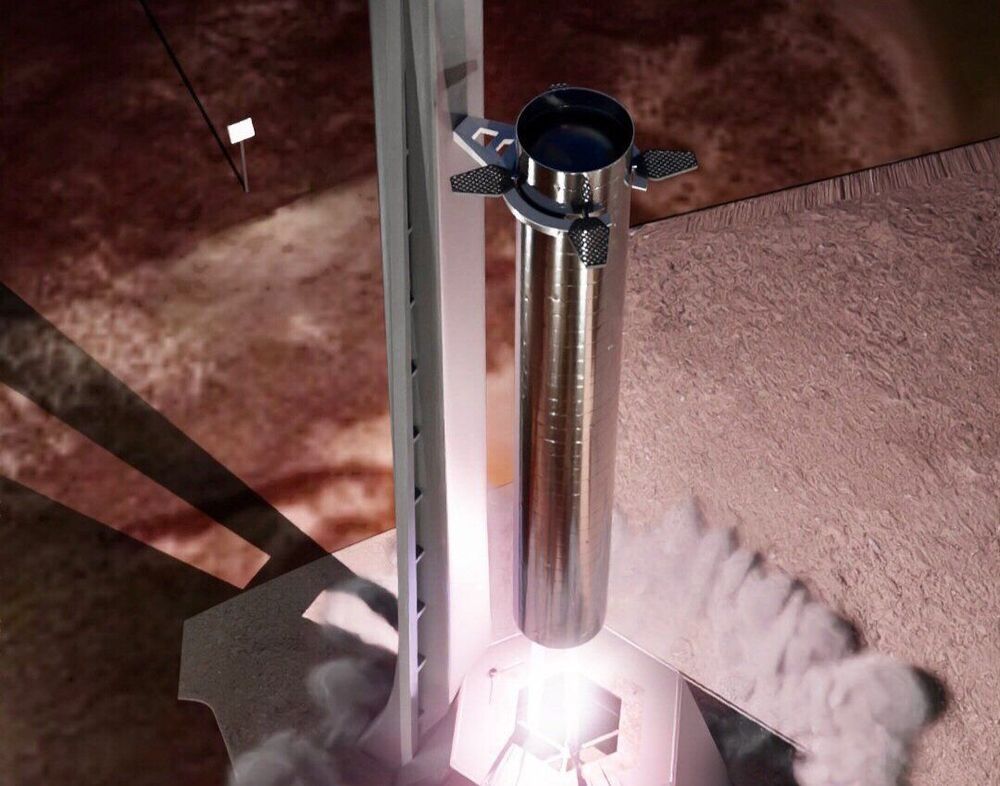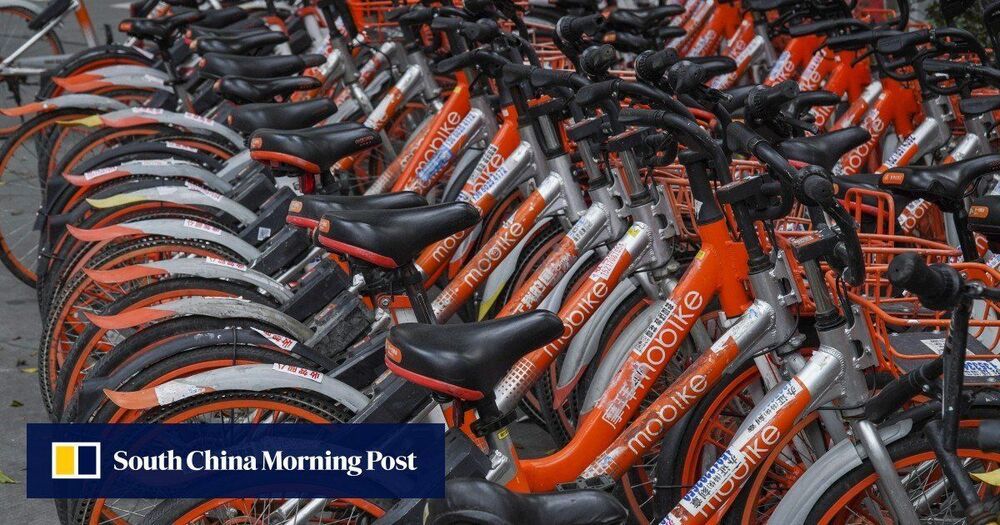An ultra-long-wavelength radio telescope on the far-side of the Moon has tremendous advantages compared to Earth-based and Earth-orbiting telescopes, including: (i) Such a telescope can observe the universe at wavelengths greater than 10m (i.e., frequencies below 30MHz), which are reflected by the Earth’s ionosphere and are hitherto largely unexplored by humans, and (ii) the Moon acts as a physical shield that isolates the lunar-surface telescope from radio interferences/noi… See More.
Optical fibres made of topological photonic crystals allow improved versatility and control across the modes and polarization of light they transmit. Compositionally, photonic crystals contain bandgaps to prevent the passage of light relative to specific wave energies and momenta much like an on/off switch. In a new report now published on Nature Light: Science & Applications, Hao Lin, and Ling Lu at the Institute of Physics at the Chinese Academy of Sciences transmitted pure “single mode” light across a large frequency range via a topological feature known as a “Dirac vortex.” The concept can lead to applications that transmit light signals more stably across long distances. While the work is theoretical at present, the researchers suggest the use of fibers made from silica based on stack-and-draw methods or three-dimensional (3D) printing technologies to fabricate and test these theoretical concepts.
Understanding the nodal lines and Weyl points in a photonic crystal fibre.
Photonic crystal fibres rely on the endless variety of two-dimensional (2-D) crystals for their functionality. The concept of topological photonics based on robust waveguides can inspire new fibre concepts including the development of a one-way fibre inside a magnetic, 3D photonic crystal. In this work, Lin and Lu introduced a topological photonic crystal fibre (PCF) resembling the Dirac vortex topological cavity in its cross-section using 2-D photonic crystals. The Dirac vortex fibre is an ideal design to develop ultrabroadband single-polarization single-mode (SPSM) fibres due to the singlet mid-gap dispersion within the bandgap. The scientists eased the fabrication step by introducing a simplified design of only four capillary silica tubes to finally achieve an octave-spanning SPSM.
Using data from the Large Sky Area Multi-object Fiber Spectroscopic Telescope (LAMOST) and ESA’s star-mapping satellite Gaia, astronomers have discovered 591 new high-velocity stars in the halo of our Milky Way Galaxy.
The team focused on cytokines, small proteins released in the body in response to inflammation. They concentrated on the most elevated cytokines in COVID-19 patients and found one duo that stood out.
Turns out, the drugs to treat these cytokine reactions, or cytokine storms, already exist.
When tried on mice, the medication protected them from COVID-19 death and from sepsis, a deadly infection of the blood.
MEMPHIS, Tenn. (WMC) — Scientists at St. Jude may have figured out how COVID-19 kills, and more importantly, how to stop it.
Do you agree Eric Klien.
Ag-tech startup Plenty’s vertical farm produces 400 times more food per acre than a flat farm. Learn about the future of farming here.
That’s a lot of ships. 😃
To achieve that ambitious goal, SpaceX could build one hundred Starships per year over the course of ten years. –“Building 100 Starships per year gets to 1000 in 10 years or 100 megatons per year or maybe around 100000 people per Earth-Mars orbital sync,” Musk said in January. SpaceX would launch a Starship fleet approximately every 26 months, which is when Earth and Mars orbits align closer to each other.
Building 100 Starships/year gets to 1000 in 10 years or 100 megatons/year or maybe around 100k people per Earth-Mars orbital sync— Elon Musk (@elonmusk) January 172020
You can watch SpaceX operations as they work to develop the Starship spacecraft at the South Texas facility in the video below, courtesy of LabPadre via YouTube. In the weeks ahead, SpaceX plans to continue preflight preparations of the Starship SN9 prototype that is awaiting at the launchpad. Meanwhile, teams at the assembly facility are manufacturing multiple vehicles that will also undergo testing next year.
Summary: NAA, a compound in the brain, plays a key role in emotional agency and flexibility in healthy people.
Source: Brown University.
A new study is the first to reveal specific brain compounds that signal emotional wellness in healthy people.
Tesla will need a landing platform to catch the rocket as it lands. According to Elon Musk its to save mass/weight and speed up the rockets readiness for its next launch.
This is for Tesla’s reusable rocket program.
SpaceX aims to develop a fully reusable Starship and Super Heavy launch vehicle, capable of performing multiple flights per day. Musk shared that not adding landing legs to the Super Heavy rocket “Saves mass & cost of legs & enables immediate repositioning of booster on to launch mount — ready to refly in under an hour,” he said. When asked if the decision to eliminate the legs is due to the high stress the vehicle would experience upon landing Musk responded, “Legs would certainly work, but best part is no part, best step is no step,” he wrote via Twitter.
Saves mass & cost of legs & enables immediate repositioning of booster on to launch mount — ready to refly in under an hour— Elon Musk (@elonmusk) December 302020
But their cash-burning tactics to attract users and uncertain business models turned out to be unsustainable. By 2017, the bubble was already bursting – yet another casualty in big tech’s seemingly endless proxy wars for users and market share, leaving a trail of broken companies, and bikes, in their wake.
Mobike officially halted operations of the mobile app and WeChat mini programme under its own brand last week, fully merging under its parent company Meituan.
Well, at least he’s enjoying the view.
Jetpacks only operate for a limited amount of time, and they can’t achieve heights of several thousand feet, but don’t tell that to “Jetpack Man” who has been seen by passing airliners flying over the skies of southern California.
